I am trying to solve a work related issue. Long story short, I have a circuit that monitors the resistance between two electrodes. When an object passes by these electrodes, the resistance reduces drastically, the circuit then measures this and activates another circuit.
I want to replicate this, mainly due to a couple factors, one being that the circuit doesn't work properly due to some external issues but also to provide a temporary solution till we get a fix!
I read somewhere on here that it can be done with a microcontroller, but no further explanation was given. I've got a lot of electrical experience but less so in electronics or programming, so some heavy advice and guidance or even something to reference so that I can learn more, would be greatly appreciated! I figured I'd post this to try and learn at the very least!
EDIT: (at the request of some comments I read)
I don't have specific values as I don't actually know them, I only really know the principle of operation which is, really quite difficult to explain, the above is as simple as I can make it with my current level of knowledge! I'm sorry!
